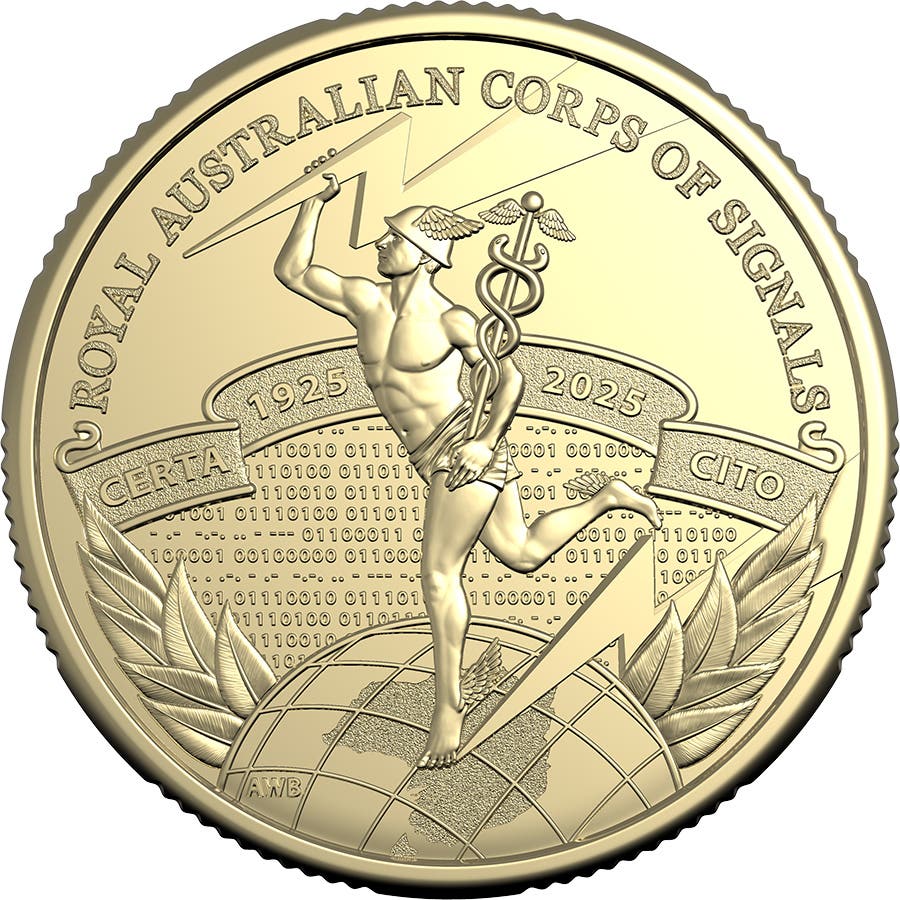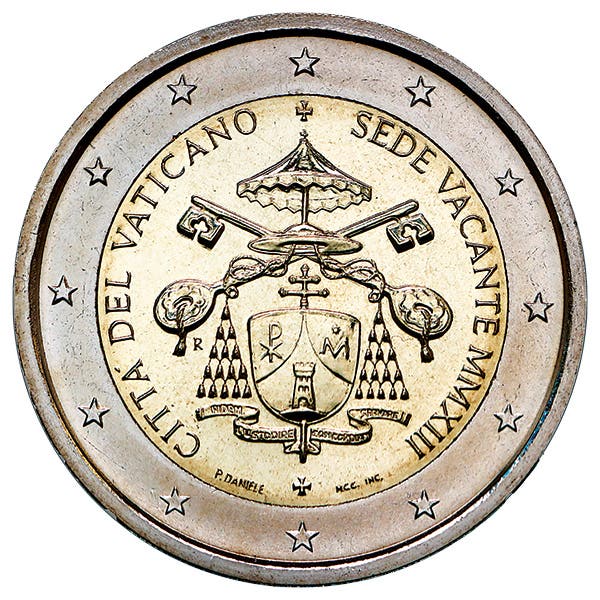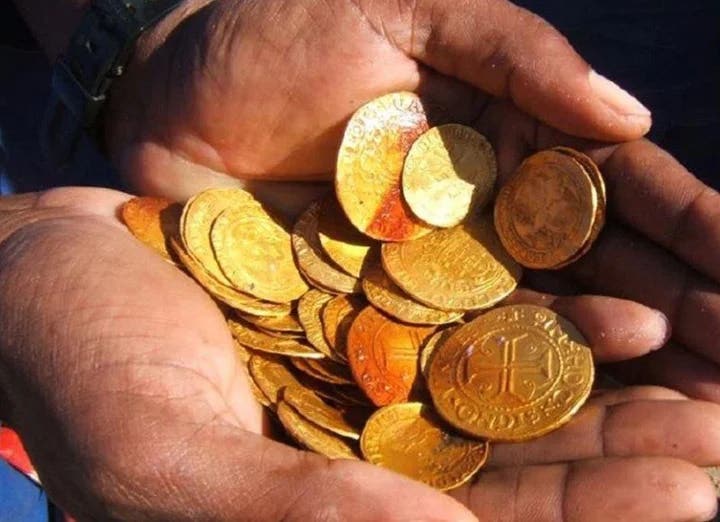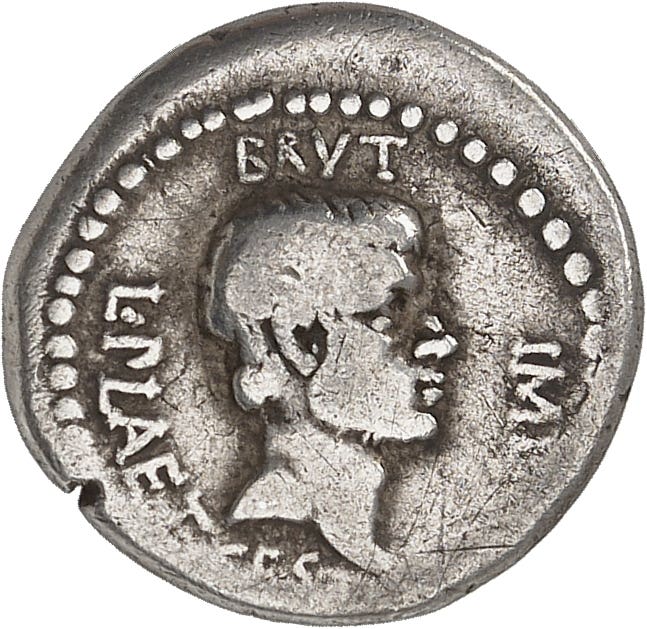Germany Releases a Bavarian Bullion
Could the Bayern Thaler Become a German Krugerrand?
For decades, German collectors and investors have lacked a homegrown bullion coin despite the success of international counterparts like the Krugerrand, Maple Leaf, and Britannia. A dedicated investment coin has remained elusive in Germany even though the country has issued gold commemorative coins.
Now, the German state of Bavaria is stepping up to fill this gap with the Bayern Thaler, a new bullion product developed by the Bavarian State Mint under the direction of the Bavarian Ministry of Finance. The bullion rounds were officially introduced on March 19, 2025, in Munich, the capital of Bavaria in Southern Germany.
Unlike conventional bullion coins, which carry an official currency denomination, the Bayern Thaler revives the historical thaler as its fictional unit of value. This strategic decision allows the coin to maintain a historical connection to Bavaria while circumventing German monetary regulations that restrict the issuance of new legal tender outside the euro system. By adopting a vintage denomination, Bavaria is positioning its bullion product as a hybrid between an investment asset and a collector's piece – and it avoids confusion by picking a third-party nation for "borrowing" the legal tender status. This has been a widespread practice, with companies like the Czech Mint offering the Czech Lion bullion coin under the flag of Niue.
According to Reinhard Riffel of the Bavarian State Mint, the increasing global demand for physical precious metals played a crucial role in the decision to launch the coin. The mint, which has experience producing bullion products for foreign central banks, aims to offer German investors a homegrown alternative to popular international options. "At present, investors lack a clear German alternative when purchasing physical gold and silver," Riffel noted.
A key feature of the Bayern Thaler is its design. By depicting Neuschwanstein Castle, one of Germany's most famous landmarks, the coin is expected to have broad appeal. The Bavarian State Mint has announced that the castle's depiction will change annually, like the Australian Koala and Somalia Elephant, to increase its attractiveness to investors and collectors.
In terms of specifications, the Bayern Thaler adheres to international investment standards. The silver series will be available in 1-ounce and 1-kilogram formats, while the gold series will include multiple weights ranging from 1/10-ounce to 1-kilogram. This broad range accommodates both institutional investors and private collectors looking for smaller, more accessible denominations.
Pricing will be a key factor in the Bayern Thaler's market success. Bavaria aims to price the coin competitively, aligning it with the spot price of precious metals while maintaining a slight premium for its design and uniqueness. Early reports indicate that the 1-ounce silver version will retail at a cost comparable to leading bullion coins like the Maple Leaf and American Eagle, ensuring its viability in the broader investment market.
Distribution will play a crucial role in determining the coin's reach. The Bayern Thaler will be available directly from the Bavarian State Mint as well as select savings banks and authorized dealers. Notably, BayernLB, Bavaria's state bank, is involved in the wholesale distribution, adding credibility to the initiative. Hamburg-based Emporium, a major numismatic distributor, is also on board, which will further expand its market accessibility.
Germany has long debated the absence of a national bullion coin, with industry experts arguing that a state-backed investment coin would be an instant success. Despite recurring discussions, no federal initiative has materialized. Bavaria's independent approach demonstrates that regional entities can lead in addressing market demands when national authorities remain inactive.
Whether the Bayern Thaler will establish itself as a global investment staple or remain a regional niche product remains to be seen. However, its combination of historical resonance, aesthetic appeal, and competitive pricing gives it a solid foundation. If successful, it could pave the way for further German entries into the bullion market, finally giving the country a prominent place in the world of investment coins. As collectors and investors witnessed the official launch on March 19, all eyes are on how this new entrant will perform in an increasingly competitive market.
You may also like:








